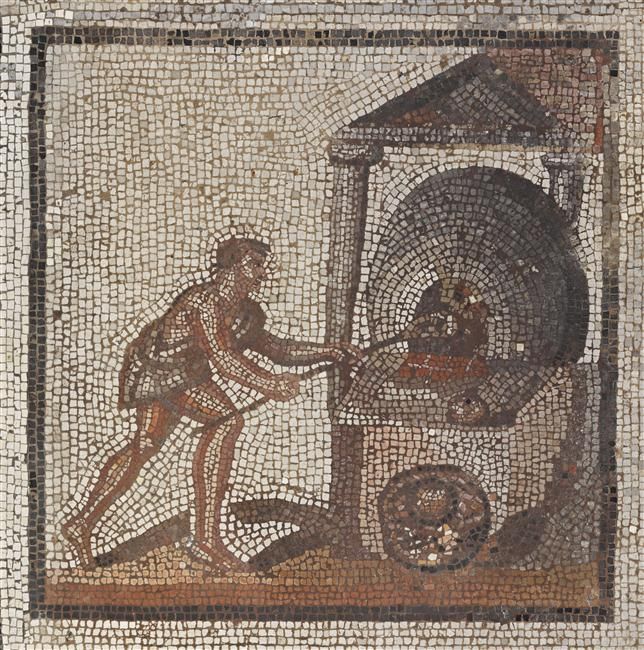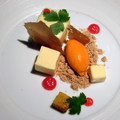Traces of an ancient Roman kitchen were discovered in Copenhagen at the building site of one of the best restaurants of the world, Noma - the construction works can probably only be resumed in 2018.

Construction workers found ruins of an ancient Roman kitchen yesterday. The ruins were found underground, where the new HQ of Noma is being built. In order to conserve the archaeological treasures, and to look for further findings, the construction will be suspended until the end of Summer 2018 - as per order of The Danish Agency for Culture.
As you may know, Noma, one of the world's best restaurants, closed down after 14 years at its original location and the plan was to reopen it in a Copenhagen suburb, right next to the notorious Christiana neighborhood. They broke ground on the new venue in early December 2017.
The building site has proved to be quite problematic, due to its archaeological value: it is not allowed to dismantle the concrete building on the lot and it's also possible that the ground contains archaeological treasures. Thus, it's no coincidence that this huge project already suffered major delays in the early phase of acquiring the permits. Photos were not released just yet, but according to the Chair of the Department of Archaeology at the University of Copenhagen the mosaics found show that, beside the Roman classics, like pizza, the local Teuton favourites were also on the menu, like the open faced sandwich/smørrebrød (3 sestertius for the plain, 4 for the marinated herring version (harengus smørrebrødus), the minced meat balls (frikadellus) and the fried fish. The latter came with a portion of well reserved tartare sauce (sugo tartarus), that could maintain its quality until now, thanks to the special gasses in its container (the greyish discolouration on the top doesn't mean that it's expired, it's only due to the oxidation). Experts are asked to taste test and perform chemical analysis of the ancient sauce. Many famous Danish chefs have already applied for the task of recreating the ingredients only by tasting it. They are also willing to find out how the sauce remained edible for such a long time. If the analysis succeeds, Geranium will presumably put it on the menu.
The findings are even more important because Augustus mentioned a place with excellent value for money rating in his 'Monumentum Acyranum'. This place was far away, near the Northern Cimbrian peninsula, beyond the barbarian occupied Germania. This place quickly became Tiberius' favorite. It was called Nympha Marina, and seamen and sailors liked to go there, too. The service was apparently somewhat lacking when the Roman general, Quintillius Publius Varus went there and didn't receive appropriate service. According to the legend, the Teutons, gone wild from the fermented drinks, even humiliated him! Still, everything points to the fact that we are talking about the same restaurant mentioned in those ancient papers!
The self-service restaurant (autoservus), that undoubtedly served street food for the travelers, was closed on Sundays, giving space for the market nearby, Papyrus. It would be of huge gastronomic importance if it could be proven that the other dry food chunk was really a smørrebrød. The responsible Ministry already indicated that they want the beetroot-salmon (and perhaps the sausage) smørrebrød to be included on the list of culinary heritage at UNESCO, to increase its touristic appeal. Experts are still exploring the possibility whether to restore the establishment according to the available original documentation, such as a fragment of a mosaic. Most likely, this piece of mosaic had the role of the register for complaints (it shows green-headed customers with stomach pain). Giving the place back its original functions would provide for the conditions to establish a fast-food restaurant chain strictly beyond the Nordic limes, with ancient origins, serving only local (meaning not only from the Cimbrian Peninsula but from the whole Roman Empire) produce. To establish the complete menu, most probably the experts of the Vatican will also be engaged.
Have you ever wondered why is Noma written with only lower case letters? Maybe because it was assembled from the letters of the word 'Roman' where only the R was capital....







